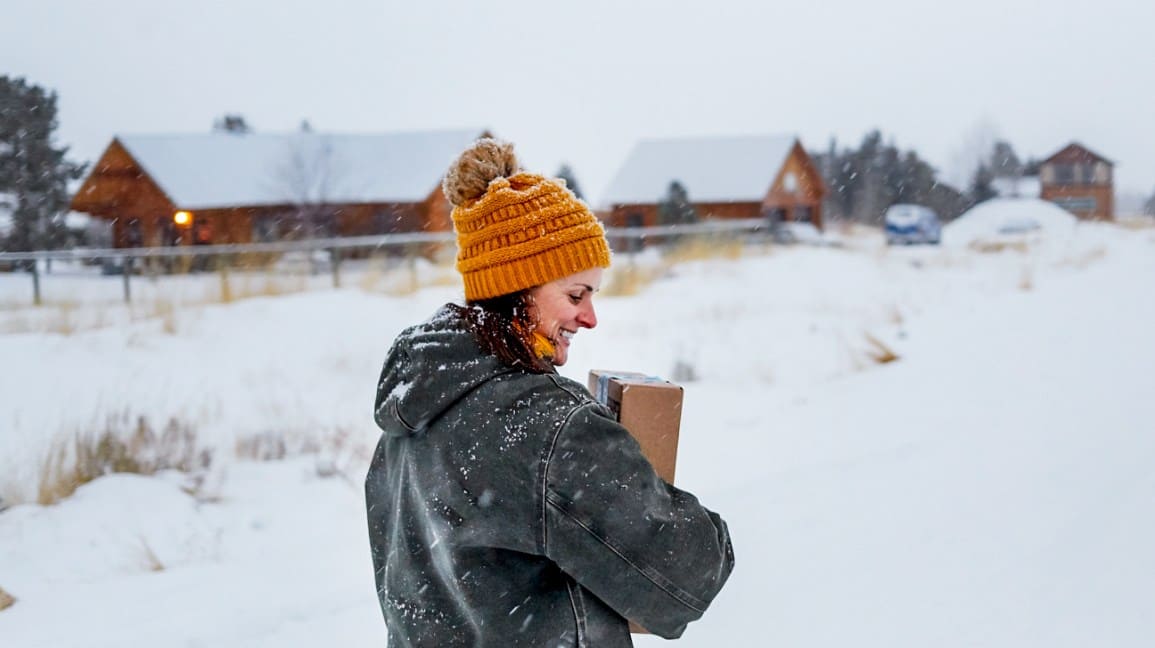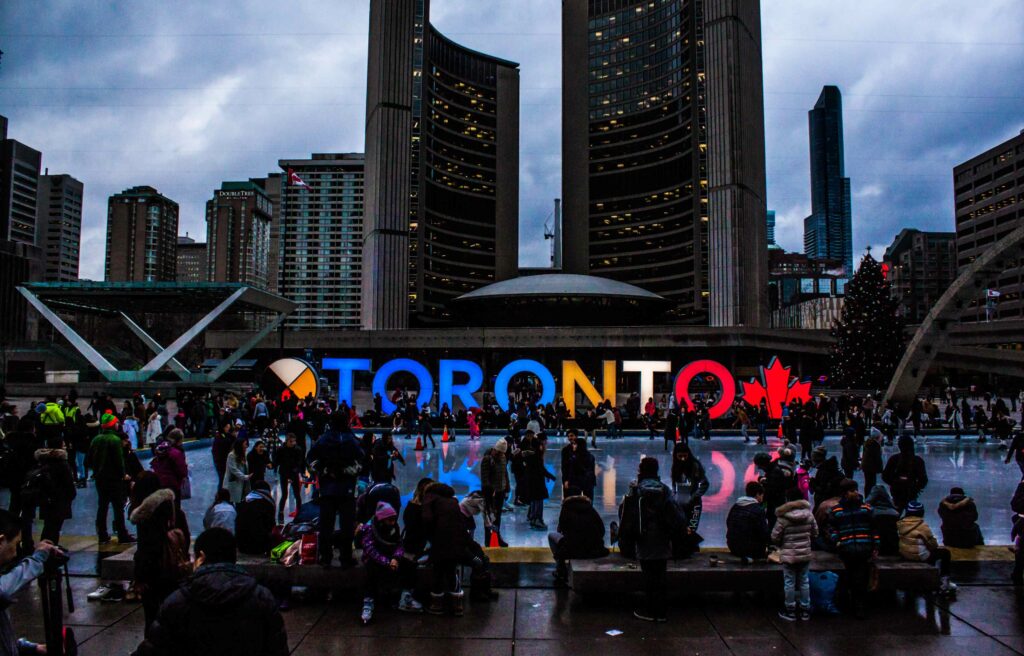When most people think of the cold weather state, they bundle up in jackets, hats, and scarves. However, few people think about how cold weather can impact their health, and the truth is that cold can significantly impact your body and health.
For starters, the cold can cause you to become sick. Cold weather is a major cause of winter illnesses, such as the common cold, flu, and pneumonia. These illnesses can be severe and can be fatal in some cases.
In addition to causing illness, the cold weather state relocation can also harm your overall health. For example, the cold can cause your blood pressure to rise, increasing your heart attack and stroke risk. The cold can also cause you to lose muscle mass and strength, leading to health problems such as obesity and diabetes. Therefore, it is essential to consider the impactful factors before moving to a cold-weather state.
Thirteen Impactful Factors to Consider Before Moving in the Cold Weather States

When considering a move to a colder climate, it’s essential to consider the potential impacts on your quality of life. Before moving to a cold, harsh state, these are 13 impactful factors to consider before moving to the cold, rough state. Be sure to weigh all of these factors carefully before making your decision.
Temperature:
Most people are accustomed to temperate climates and aren’t prepared for the extreme cold temperatures of a harsh winter if you plan to relocate to a state with cold weather, especially if you’re moving to a northern state.
Weather conditions:
In addition to the cold, winters in northern states can also be very snowy and windy. Make sure you are prepared for harsh weather conditions that make everyday life difficult.
Housing:
The cost of housing is often much higher in colder climates. So if you’re moving to a state like Minnesota or Alaska, be prepared to pay a premium for housing.
Transportation:
In cold climates, transportation can also be a challenge. Roads can be icy and snow-covered for much of the winter, making driving difficult and dangerous. Make sure you are aware of the transportation challenges in your new climate.
Utilities:
Heating bills can be costly in cold climates. Ensure you are prepared to pay high winter heating bills, especially if you’re moving to a state like Maine or Vermont.
Recreation:
Although winter recreation can be fun, it’s essential to be aware that many outdoor activities, such as skiing and snowboarding, are only available during the winter months. If you’re not a fan of winter sports, you may be bored during the long winter months.
Jobs:
The job market can be pretty different in colder climates. If you’re moving to a state like Michigan or Wisconsin, make sure you know the most dominant industries in those states. If you are seeking an alternative job to meet your expenses, then look for an in-house office job rather than serving as a delivery boy or gas station in charge.
Cost of living:
The cost of living in colder regions is much higher in colder climates. So make sure you are prepared to pay higher prices for food, clothing, and other everyday items.
Climate:
Although cold climates have their challenges, they also offer many benefits. If you’re used to living in a warm environment, be prepared to experience all four seasons, which can be fun. However, cold Weather state relocation is highly influenced by climate change as it can disturb your routine life.
Social life:
Social life revolves around winter activities such as skiing, snowboarding, and hockey in colder climates. If you’re not interested in participating in these activities, you may find making friends in your new community challenging. Also, people are more interested in spending more time staying at home.
Health:
The air is often dry in cold climates, and the weather can be very windy. These conditions can cause respiratory problems and other health issues. Make sure you know the potential health risks of living in a cold climate.
School:
The school system in colder climates can be very different from that in warmer climates. Before moving to a new state, make sure you know the curriculum and the grading system. As the ratio of absentees is way higher in winter, that impacts schooling.
Language:
Although Language is not regarded as an impactful factor contrary to the factors mentioned above, sometimes it does play a significant role in gaining amenities for a new immigrant as you might lack in convincing locals for your assistance in a cold break emergency.
Seven Potential Tips for cold weather state relocation immigrant
When moving to a cold climate, it’s essential to consider the unique challenges of winter weather. Through these seven tips, you can conveniently make your winter relocation a little easier and ensure a smooth winter relocation into your new home.
Get to know your new climate.
When moving to a new climate, it’s important to learn about the typical weather patterns and how they might affect your daily life. In general, cold climates are defined as those where the average winter temperature is below freezing. Some areas may have more extreme winters with colder temperatures and significant snow and ice, while others may have milder winters with occasional cold snaps. Be sure to research your new area to get a sense of what you can expect.
Dress appropriately.
In cold climates, it’s important to dress in layers and wear clothing that is both warm and water-resistant. Many people find that hats, gloves, and scarves are essential for keeping warm. It’s also important to avoid dressing in too many layers, as this can lead to overheating when participating in activities like skiing or snowboarding.
Learn how to drive in winter weather.
If you’re new to cold climates, it’s essential to learn how to drive in winter weather. This includes driving your car on a rough, icy surface and knowing useful features like windshield wipers and defrosters and how to handle snow and ice on the road. In addition, it’s important to be aware of the dangers of driving in cold weather, such as black ice and slush.
Stay warm indoors.
In cold climates, it’s important to take steps to stay warm indoors. This includes using insulation and weather stripping to keep the cold air out and using heating pads, blankets, and space heaters to stay warm. It’s also important to avoid exposing yourself to cold air drafts, making you cold and sick.
Find indoor activities to enjoy.
In cold climates, it’s important to find indoor activities to enjoy. This includes staying active by participating in winter sports like skiing or snowboarding and finding ways to keep warm indoors, such as cooking, reading, or watching movies. It’s also important to stay social by participating in indoor activities like board games or potluck dinners.
Invest in cold weather gear.
In cold climates, it’s important to invest in cold weather gear. This includes items like heavy coats, boots, hats, and gloves. It’s also essential to have a good quality set of ice skates or snowshoes if you plan on spending time outdoors in winter.
Prepare your home for winter.
In cold climates, it’s important to prepare your home for winter. This includes checking your roof for ice dams, installing insulation in your walls and attic, and plugging up any air leaks. In addition, it’s essential to ensure your heating system is in good working order and that you have an adequate supply of fuel for winter.
Conclusion
In conclusion, before deciding to relocate to a cold state during winter, consider all of the factors mentioned. Additionally, follow these tips to help you survive in cold regions easily:
- Dress in layers: This will help you stay warm by trapping heat close to your body.
- Wear a hat, scarf, and gloves: These will help keep your head, neck, and hands warm.
- Stay active: Exercise produces heat and helps keep you warm.









